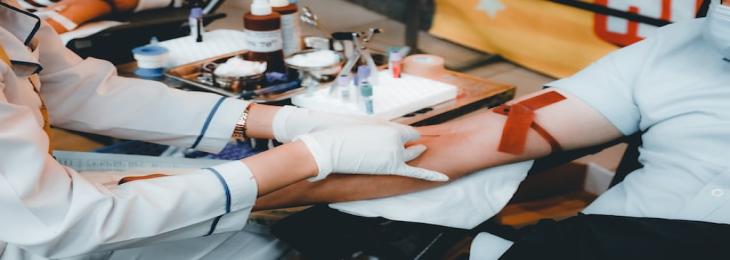
The California biotech business GRAIL, which also produces the Galleri test, is the source of financing for the Pathfinder investigation.
Galleri and other related tests under development hunt for biological "signals" of possible cancer presence, such as DNA snippets released into the circulation by cancer cells. The location of the possible hazard in the body may also be determined by the blood tests, which allows medical professionals to choose the best follow-up procedures, such as imaging, endoscopies, or biopsies.
More than 6,600 persons aged 50 and older without a history of cancer served as the basis for the present findings. A little more than 1% of people had positive Galleri test results, and 38% of them later received a cancer diagnosis.
More than 90% of patients with a positive blood test got several imaging tests, and half underwent multiple invasive tests, though many of them were carried out on patients who ultimately were found to have cancer.
In those circumstances, doctors were often reluctant to discontinue the diagnostic work-up after early tests indicated no malignancy, thus the "diagnostic odyssey," according to Marinac, was lengthier for those individuals. The diagnostic "resolution" therefore took 79 days on average for those individuals, with half of them having to wait longer.
Importantly, the researchers discovered that the blood test was accurate 99% of the time when it said there was no cancer present. The findings were made public on Sunday in Paris during a conference of the European Society for Medical Oncology. Before they are published in a peer-reviewed publication, studies that are presented at meetings are often regarded as preliminary.
Medical oncologist Dr. Ruth Oratz of the NYU Langone Perlmutter Cancer Center in New York City thought this method was really intriguing.






